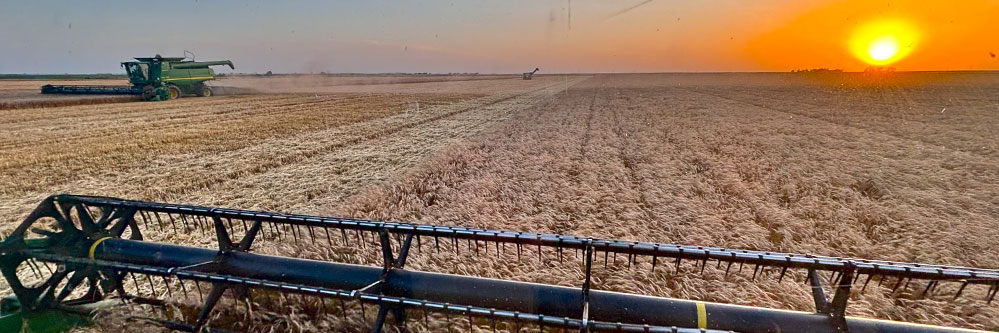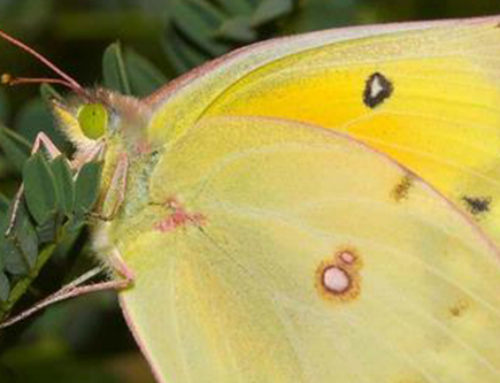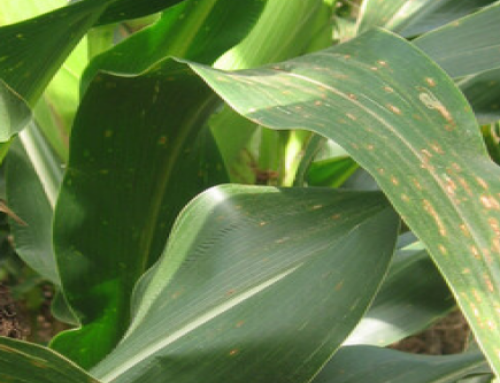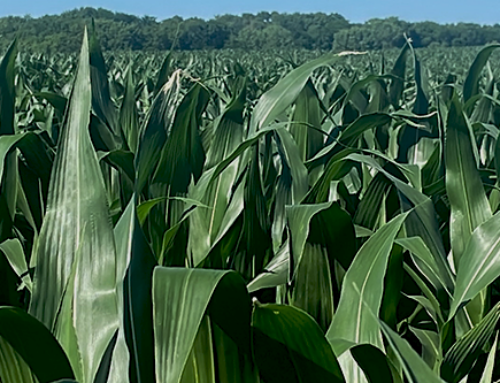Thinking about double cropping after wheat this season? Here are a few things to consider before planting a second crop.
In many areas across the High Plains, we have been blessed with good rains that have helped refill soil moisture profiles. For some areas, this brings the opportunity to consider double cropping into wheat stubble or other small grain crops.
Consider the following checklist as you decide whether to double-crop behind your wheat this summer:
- Is there a reasonable opportunity for a return on investment?
- What are the costs to plant and harvest a crop vs the costs to keep fields weed-free until the next cropping season?
- Is there adequate soil moisture currently present to establish a crop?
- What is the impact on the soil moisture profile after double cropping?
- What is the impact on nutrient levels after double cropping?
- Will it negatively impact future rotation plans?
- Is there enough time to double-crop and get the crop to maturity before frost?
- What crop should be planted – soybeans; sorghums; sunflowers?
- Is there a market for crops like sunflowers?
- Under irrigation, do I have excess water available to supply to the crop?
These are just a few of the questions that need to be considered as you decide whether to double-crop or not. Once you decide to move forward, it is imperative that this crop is not ignored. In order for a double-crop to be successful, many decisions need to be made quickly and accurately due to the short growing window.
Your Crop Quest Agronomist will make sure this crop is watched closely, and these decisions can be executed in a timely manner to keep this crop moving forward to maturity.
Contact your local Crop Quest Agronomist today to help you make a sound cropping plan so your double-crop opportunity will be successful.





